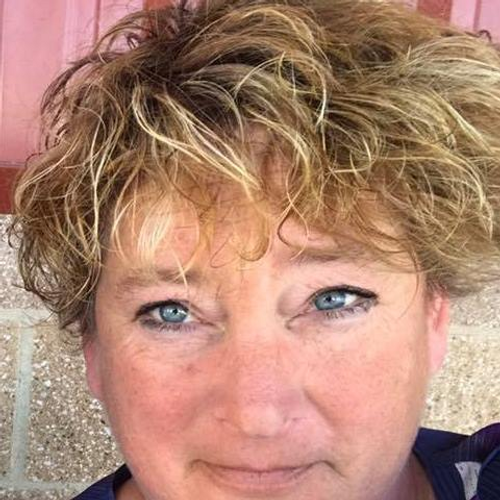Laura’s Puppy Whelping Tips and ‘Must Have’ Supply List
Host Laura Reeves walks listeners through the “Ya Ya Sisterhood of the Traveling Pants Collection of Whelping Supplies” in this excerpt from Pure Dog Talk’s
LIVE@5 live podcast.
[caption id="attachment_12264" align="alignnone" width="739"] Pure Dog Talk's Whelping List, AKA What's In Our Box, AKA "The Ya Ya Sisterhood of Traveling Pants Whelping Supplies"[/caption]
Laura lays out the “whys and wherefores” of what everyone should have on hand before the big day arrives. From the size and construction of your whelping box to the traction required in the whelping pads and the heat source to keep puppies warm, she lays out her personal experience acquired over decades and additionally informed by the knowledge acquired during the last six years of Pure Dog Talk interviews.
“Your whelping box needs to have sufficient room for your bitch to be able to be away from the heat source, but still close enough for the puppies to get to her,” Laura noted. “It is going to depend (on) how large is your female, how large is your litter? That will determine how large your box is.
“For the first couple weeks, everybody's going to be in the box and in some breeds it's going to be a lot longer than that. But you need to also then prepare to have a system whereby the mom can leave the box, leave the puppies. And go back and forth so that she can nurse them but still have some time to get away from them.
“Number one priority for your whelping box, in addition to the size, is the ability to disinfect it. I know there are people who have homemade whelping boxes using plywood and two by fours and all the rest of it. In and of itself, that's not a horrendous thing. The only thing that I'm gonna tell you with that is that you, number one, must seal the wood. Because if you use that whelping box for multiple litters, you have contagions that you cannot disinfect from raw wood.
“If you are using a hard sided box, you must have what we call pig rails. So those are about two inches wide, and they stick out about two inches above the floor for about two inches out into the center. And it's a place where puppies can get kind of shoved so that mom doesn't lie down on top of them and squish them.
“Next up is our strong recommendation that wherever you are placing your whelping box should not be in a high traffic area. Particularly for the actual whelping. Bitches do not want to have their puppies with an audience of 20. They just don't. They would like to be in a dark, cave-like environment.
“(You can) lay a sheet over the top of X pens around the whelping box. Put it in a corner. Put it in a separate room. Make sure that the room itself, the ambient temperature of the room itself, (is) about 70 degrees. The whelping box, where the actual puppies are, needs to be at least at least 90 degrees. Puppies cannot maintain their body temperature for minimum the first two weeks. They have to have a way to go to a warm spot and away from the warm spot. Mom is close enough to warm enough, but she isn't always there.
“Puppies are like heat seeking missiles. They will find the heat or find a way from the heat. They will find the food or away from the food. That's about the sum total of their abilities for the first ten days. Find heat, find cool, find mom, go to sleep. That's what they do. They're potatoes.
“We have found one thing to be super effective is find a piece of linoleum. Cheap garbage linoleum. Cut it to the dimensions of what will be your puppy area so that you can protect your floors. I used tarps for a lot of years. They're terrible. They get torn up. They may be cheaper, but they're not a great solution. The linoleum is an amazing solution. You keep it rolled up, you lay it out when it's time to get your puppy whelping area ready. Lay your linoleum down. Put your whelping box on top of that. Make sure that your linoleum is large enough that it is got room for the whelping box and an additional area where the puppies will be able to go out and potty when they get older. Where they're still in their area, but away from their sleeping area.”
Listen to the full episode or the extended
LIVE on YouTube for more insights.

